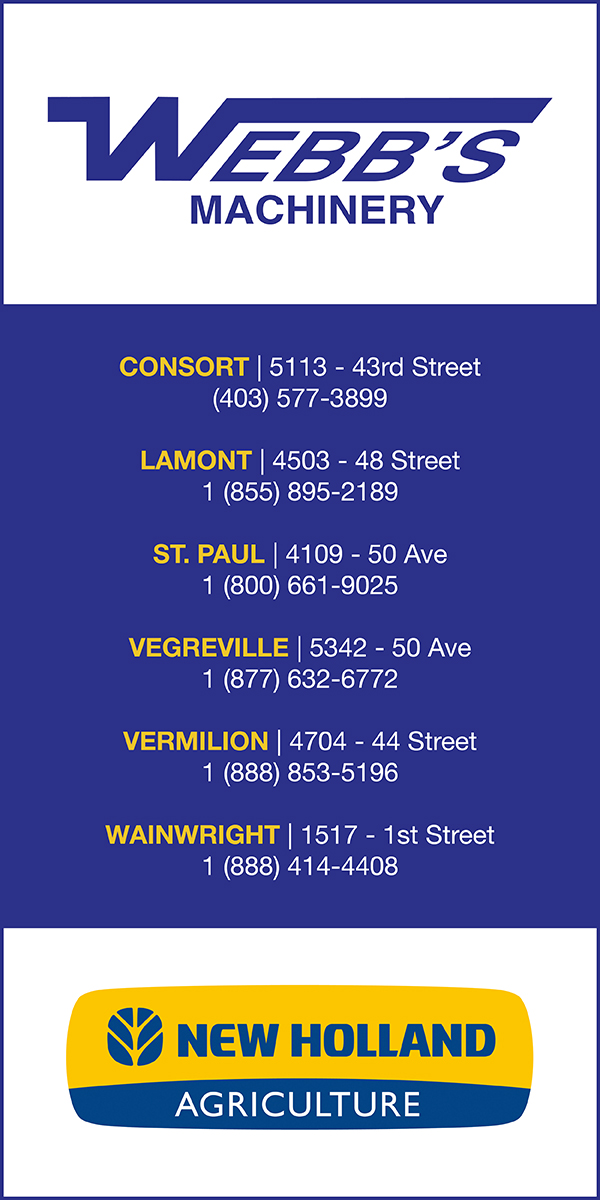We all want to make sure our children have an amazing future. From the time you first hold that little baby in your arms, your priorities in life change. You want your child to be happy, healthy, safe, and successful.
Every day we make sure our children’s immediate needs are met, but what about the future? What will they need in 10, 15, even 20 years?
The more you learn, the more you earn.
While college or university may not be your child’s ultimate path, setting aside money to help with the costs of a post-secondary education significantly increase their future earning power and expand their range of occupational choices.
We all know the cost of attending a college or university increase each year. And each year, we see students struggling more and more to fund their education. That’s why contributing to a Registered Education Savings Plan (“RESP”) is a great way to give your children a head start.
What is an RESP?
An RESP is a type of savings account that allows you to build an education fund for your children or grandchildren, nieces, nephews and other family members.
The individual that opens the plan is the subscriber and the person who will receive the funds is the beneficiary.
You can contribute to the RESP at any time. These funds are then invested in a wide range of options such as GIC’s, mutual funds, and stocks.
The contributions you make are not tax-deductible, but you can withdraw the funds tax-free at any time.
The income that is earned in the plan grows tax-free as long as they stay in the RESP.
Once your child withdraws the funds, they will only pay tax on the income portion earned over the years. Likely they really won’t have a lot of income as a student and will be eligible for the tuition tax credit, they will pay little to no tax in the end.
Government funding
If you contribute $2,500 to your child’s RESP each year, thanks to the Canada Education Savings Grant (CESG) program, the federal government will contribute $500 as well.
This money can be earned each year if the beneficiary is under 18 years of age and up to a maximum of $7,200 per beneficiary.
In order to qualify for this grant, your child needs to be a resident of Canada, under 18, and must have a social insurance number. It’s that easy.
Where can you open an RESP and how much can you contribute?
Most banks, credit unions, investment firms, and even life insurance and mutual fund companies offer RESPs.
There is no annual contribution limit, so you can contribute as much or as little as you want each year.
There is a lifetime limit of $50,000 per beneficiary. Any over-contribution above this amount is taxed at 1% each month until the excess cash is taken out.
How can the RESP funds be used?
If your child does pursue further education, they can receive payments from their RESP as soon as they are enrolled in a qualifying education program.
RESP payments can be used to cover their living expenses or educational expenses, such as tuition fees and textbooks.
As the contributor, you can decide how much of the RESP is paid out each semester. You can also decide when the payments are made.
There are some rules around how much and when you can withdraw the government grant or income earned from an RESP account, but your trusted advisor can help you understand how this works.
What is a qualifying education program?
A qualifying education program doesn’t necessarily mean the traditional college or university path most people equate with a post-secondary education.
A full-time program in Canada means your child needs to be in a program that lasts at least 3 consecutive weeks with at least 10 hours of instruction or work per week.
Programs offered by trade schools and apprenticeships may qualify as part-time.
So even if your child wants to be a mechanic or a hair stylist, an RESP can help them pay for their schooling.
So what if my child doesn’t go to school?
If your child chooses not to pursue a post-secondary education, you will have to repay the principal portion of the government funds received.
You can transfer your original contributions from the RESP to your RRSP, assuming you have the contribution room to do so. So don’t worry that your money has to go to your child and you’ll never get any of it back.
So, if you’re looking for a way to establish security for your children’s future, consider an RESP. It is a great way to help set your child up for success in the future.
If you need more information about RESPs, ask your trusted advisor.
Ebony Verbonac is a Chartered Professional Accountant and Partner in KPMG’s Tax practice in Lethbridge. She can be reached at (403) 380 – 5700 or by email at everbonac@kpmg.ca. She would like to thank Rebecca Sanford and Steve Scott of KPMG for their assistance with writing this article.




